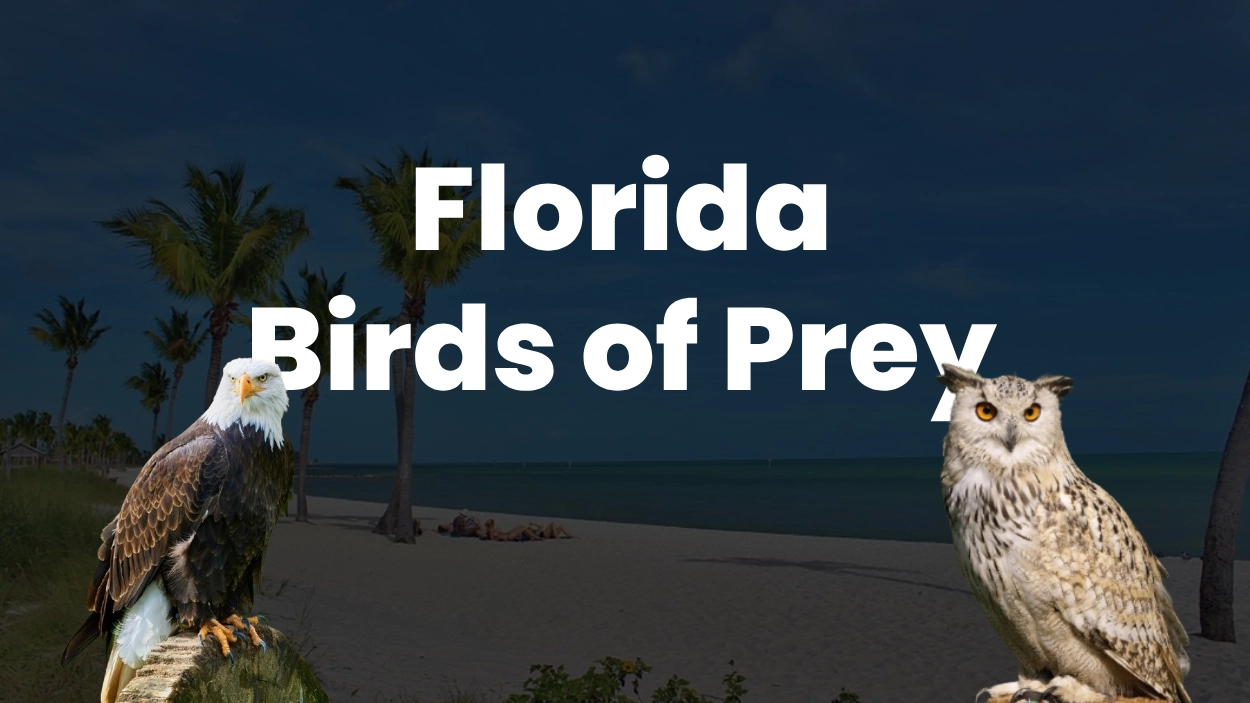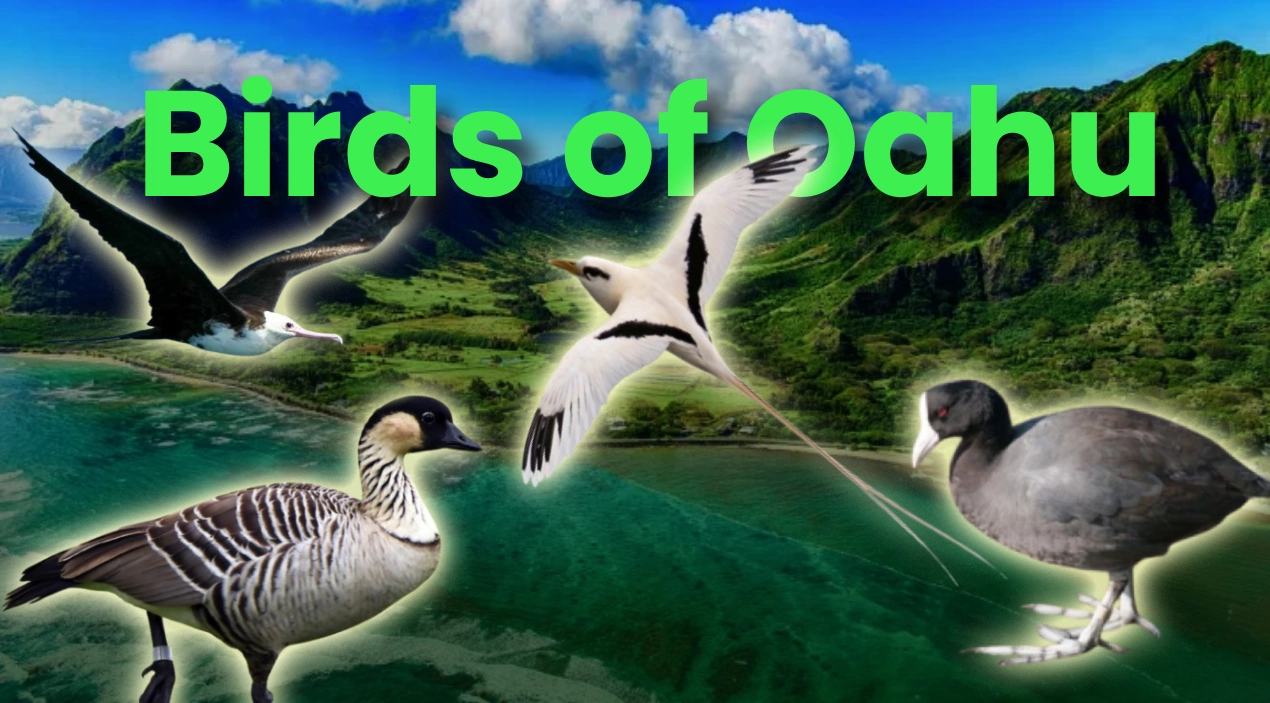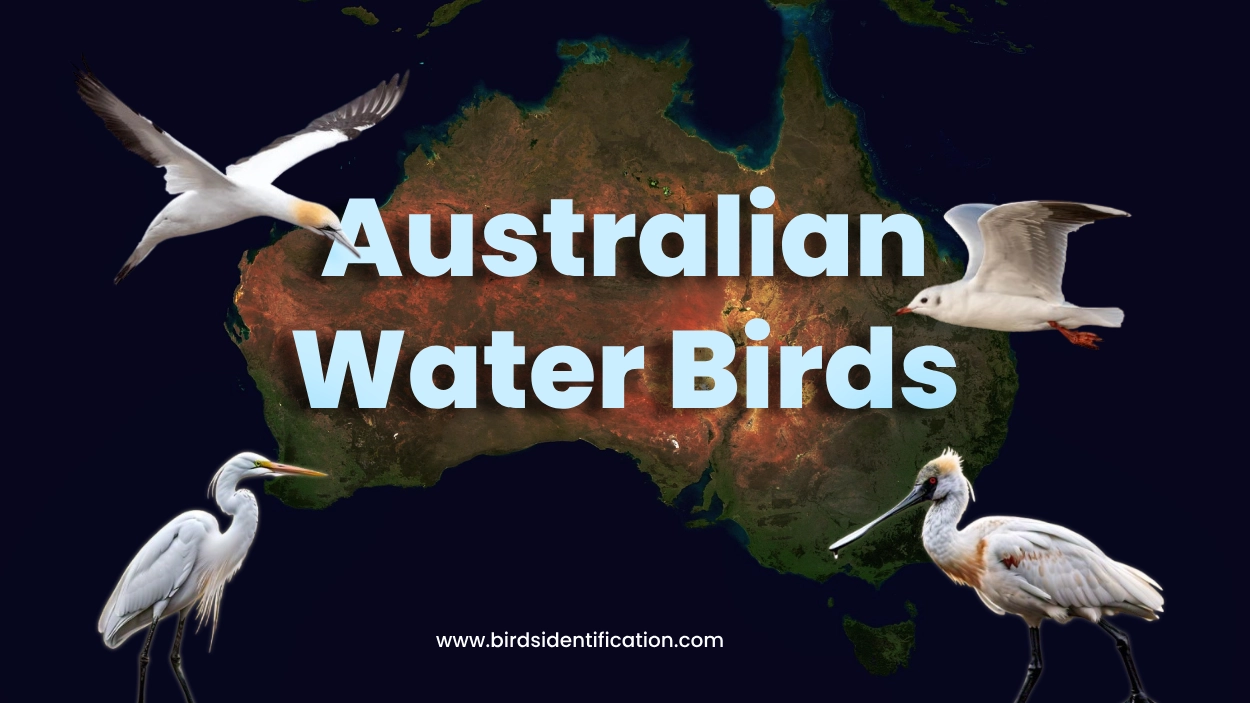Southern Italy must be a paradise for birdwatchers as these shores draw many bird species, including some of the most captivating shorebirds in Europe. Whether one is a beginner or an old hand at birdwatching, the exacting thrill of identifying tiny shorebirds makes every visit to the coast a memorable expedition. Although these small shorebird species are easy to overlook, their distinguishing features, mannerisms, and habits will amaze once you know what to check.
This guide looks into small shorebirds likely to be spotted along the Italian coastline. It includes how to identify them, what the different species like to do, and some of their interesting behaviors.
Identification of the Small Shorebirds
Small shorebirds should not be confused with large wading and seabird species such as Herons and Gulls. Some small shorebirds are generally slender, long-legged, and long-billed, specially adapted to their lifestyle in these coastal habitats. Sandy beaches, salt marshes, and tidal flats in Southern Italy are filled with these birds and allow feeding on small invertebrates as a stop along the migratory route.
In focusing on small shorebirds in Southern Italy, one encounters various species. While some birds are year-round residents, many only make an appearance during migration.
1) Oystercatcher Bird Identification

Oystercatchers are beautiful birds with bold black-and-white plumage, with a distinctive long orange-red bill. Their gaudy coloration renders them very conspicuous, especially against the earthy tones of coastal habitats. They vary much in size but are generally medium to large shorebirds having stocky bodies and relatively short legs, which set them apart from other shorebirds, mostly giving them an appearance of sturdiness and power.
Habitat of Oystercatcher Bird
Generally, Oystercatchers occupy habitats that provide them the favored food, shellfish. Eagles, rocky coastlines, estuaries, tidal mudflats, and sandy beaches are suitable habitats. They are seen roaming among habitats being situated in southern Italy in fingers such as little semiurban and natural shorelines.
Feeding and Behavior of Oystercatcher Bird
The name Oystercatcher derives from the unique method of feeding, with some slobberingly wedging their randomly long bills between a shell and shellfish, particularly oysters and mussels. The thickened features counter typify the grinding of the shell-shelled boring caliber designed to open both on surface layers as well as to dig in clay or sand to extract buried shellfish and other minute invertebrates. Some have offered evidence that certain Oystercatchers become specialized at different techniques with shift food availability, employing blunt force through stabbing nails in wedge shells or through perpendicular force directly at the apex.
These birds too are very social, being seen in pairs or radiating small groups. Their shrill calls, almost screams at times, are heard along the shores and are believed to communicate messages of territory surplus or warn; defend nesting areas aggressively, using both calls and displays.
Migration and Conservation of Oystercatcher Bird
A half or partial migratory bird is that certain populations migrate from one region to another occasionally within a year, but some others remain in the same locality throughout the year. Only the northern populations of Europe migrate southward during winter, while some of the populations inhabiting milder regions stay put during the winter. The need for conservation of the Oystercatcher arises from their vulnerability to habitat disturbance caused by coastal development, pollution, and shellfish harvesting resulting in diminishment of the food supply.
2) Greater Yellowlegs Bird Identification

The greater yellowlegs is a slim leggy shorebird whose exquisite plumage is mottled grayish and white, not brightened by yellow. Long and slender in build with long necks and long, slightly upturned, generally dark bills proportionately longer than those of closely related lesser yellowlegs, this species makes it easier for bird watchers to tell them apart.
Habitat of Greater Yellowlegs Bird
Greater Yellowlegs are found in marshes, tidal flats, estuaries, and shallow freshwater marshes. A good waiting ground for hunting aquatic prey, they prefer environments with sufficient water so they can forage − this sometimes includes mudflats and, at other times, salt flats. However, they are by no means confined to brackish settings; freshwater is also a favored habitat, usually when water is shallow enough for good visibility and easy capture of prey.
They warn each other whenever observing some dangerous object within very distant visions in large open habitats.
Behavior and Feeding of Greater Yellowlegs Bird
The Greater Yellowlegs are among the most dynamic and exuberant feeders. They usually move briskly in shallower waters using their sharp vision to find small fish, insects, and crustaceans. After spotting the prey, they pounce on it, either stabbing with their bills or dipping their heads underwater. Their foraging technique is somewhat distinct and faster than others for observation friends.
Greater Yellowlegs are also very vociferous birds. Their call is a distinctive series of high-pitched “tew-tew-tew” notes of alarm or when they are communicating with each other. This call is used by the Greater Yellowlegs to keep in touch with one another across large open spaces and to quickly notify others that there is danger.
Migration and Conservation of Greater Yellowlegs Bird
Greater Yellowlegs are long-distance migratory birds, breeding in North America and traveling to Central and South America for winter. Some individuals, particularly those who end their journey in southern Italy, migrate across Europe. Some populations of this species appear to be stable, but habitat degradation in both their breeding and wintering areas is an ever-present threat.
3) Red Knot Bird Identification

The stock-red knot is a stocky, medium-sized shorebird characterized by seasonal appearance. For breeding, it’s a reddish-brown color with grayish-brown upperparts, turning to subdued gray in the non-breeding season to escape from the watch eye of coastal habitats. Short-necked, chunky-legged, and straight-billed-that should sum their ability to probe for food along the sandy shores and muddy edges of any given coastline.
Habitat of Red Knot Bird
They inhabit open coastal areas such as tidal flats, sandy beaches, and estuaries, wherein they feed and rest. These habitats provide the food they depend upon, which definitely consists of hypocenterite worms, mollusks, and crustaceans. An extensive stretch of coastline and wetland-rich areas collectively merged in southern Italy offer perfect sites that serve as perfect stopovers during migratory trends among Red Knots.
Behavior and Feeding of Red Knot Bird
Red Knots are gregarious birds that can be seen feeding in large flocks. Opportunistic feeders are called Red Knots; their diet mainly consists of small invertebrates; such as mollusks, worms, and crustaceans. They may undergo a phase of intense feeding, termed “hyperphagia,” during migration, in which they consume large quantities of food with the aim of building up sufficient fat reserves for long flights.
The Red Knot is one of the most impressive migratory birds, flying for sometimes thousands of kilometers, nonstop shifts. This migratory pattern relies on specific timing and certain stopover sites to refuel along these long journeys. Feeding sometimes reveals a spectacular display of synchronized waves as they rapidly probe the sand for prey.
Migration and Conservation of Red Knot Bird
Red Knots navigate a complicated migratory route—spanning from breeding grounds in the Arctic to wintering sites as far south as South America. Some pass through Italy as their important migratory stop. The species is classified as near-threatened due to habitat loss, climate change, and decreased food availability. Conservation efforts are concentrated on the habitats that are vital to their survival during migration, which are called stopovers.
4) Whimbrel Bird Identification

The Whimbrel, which can be identified by its decently long down-curved bill, is the largest in its family and it shows remarkable differences from those of other shorebirds. Its plumage will range from a swirl of brown and white to two dark lines down the top of a striped head and a much lighter line from the middle of the crown. Their plumage efficiently provides complete camouflage in such coastal habitats.
Habitat of Whimbrel Bird
Whimbrel inhabits a wide variety of coastal environments such as mudflats, salt marshes, sandy beaches, and estuarine areas. These are exploitable sites for feeding and stopover during migration. The peninsula lying within the southern parts of Italy forms a significant corridor for Whimbrels while en route migration.
Behavior and Feeding of Whimbrel Bird
Whimbrels are highly skilled foragers, using their long, curved bills to probe deep into the sand and mud for any small invertebrates. Their diet includes crabs, small mollusks, and other invertebrates. This style of feeding allows them to seize food resources that other shorebirds with shorter bills cannot reach. Whimbrels, when feeding, may sometimes appear slow and methodical, planting their bills in spots where prey might be hiding.
This species is also known for its vocalizations, which consist of rapid, high-pitched trills. As these birds move from their feeding grounds, these trills can create a chorus that is discernible during flight. Whimbrels are some of the longest migrators on Earth, traveling from the Arctic to South America and dropping in occasionally to Europe along the way.
Migration and Conservation of Whimbrel Bird
Whimbrels are expert long-distance migrators: some fly more than 10,000 kilometers on a single migration. The migration is perilous because Whimbrels must depend on stopover habitats along the way for rest and refueling. Southern Italy, with its suitable coastal habitats, is an essential stop for some migrating Whimbrels. Conservation of the Whimbrel entails not only securing these crucial habitats but also addressing threats including habitat loss, hunting, and climate change-induced alterations in migratory patterns.
Conclusion
Southern Italy is blessed with the habitats that these four remarkable shorebird species, being Oystercatcher, Greater Yellowlegs, Red Knot, and Whimbrel, choose to inhabit. Each has adapted in its own different way to intertidal zones, mudflats, and sandy beaches. The elation of seeing these creatures in their own environment gives one the insight into some of the marvels of migratory shorebirds themselves, as well as the eloquence of the need to conserve these delicate ecosystems.
Be it the powerful bill of the Oystercatcher or the dynamic foraging of the greater yellowlegs or the long-distance travel of the Red Knot or methodical probing of the Whimbrel, there is much to soop over and learn from to the shorebirds. What do we do to save these shorebirds? We, basically, save their habitations, a conservation gateway by helping maintain the delicate coastal ecosystem balance and continue allowing the presence of these species and others to shore to pass through generations to come.






